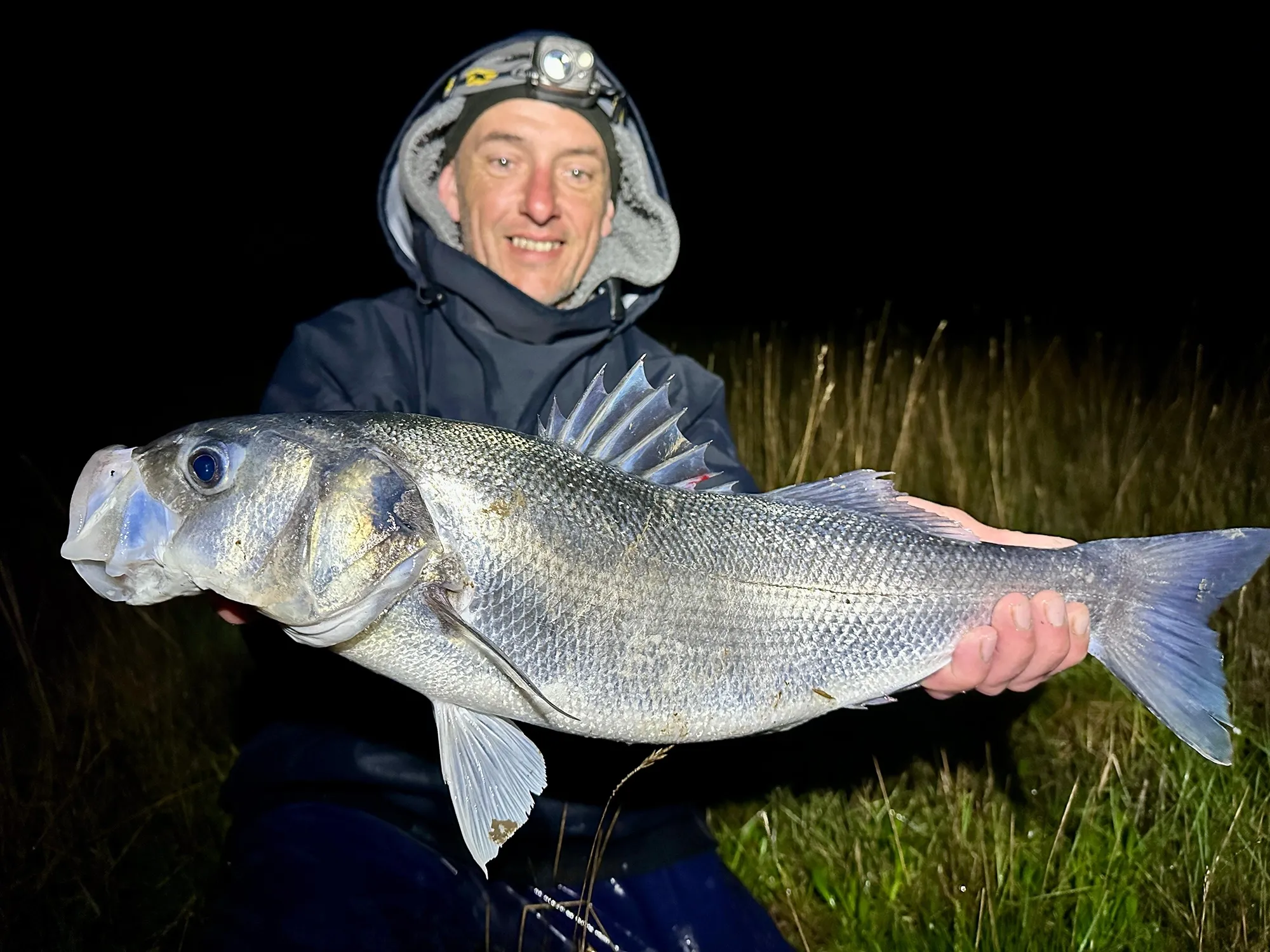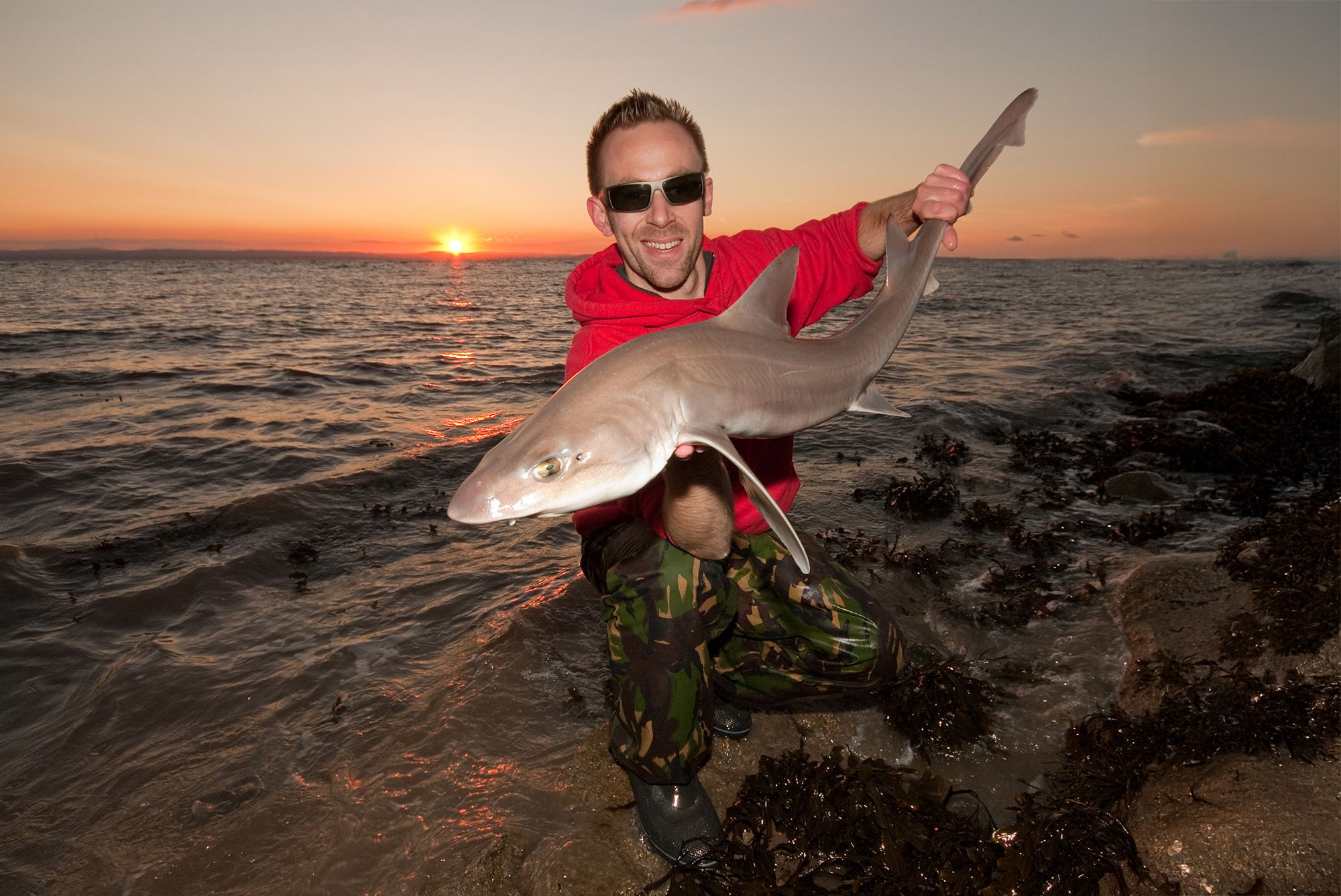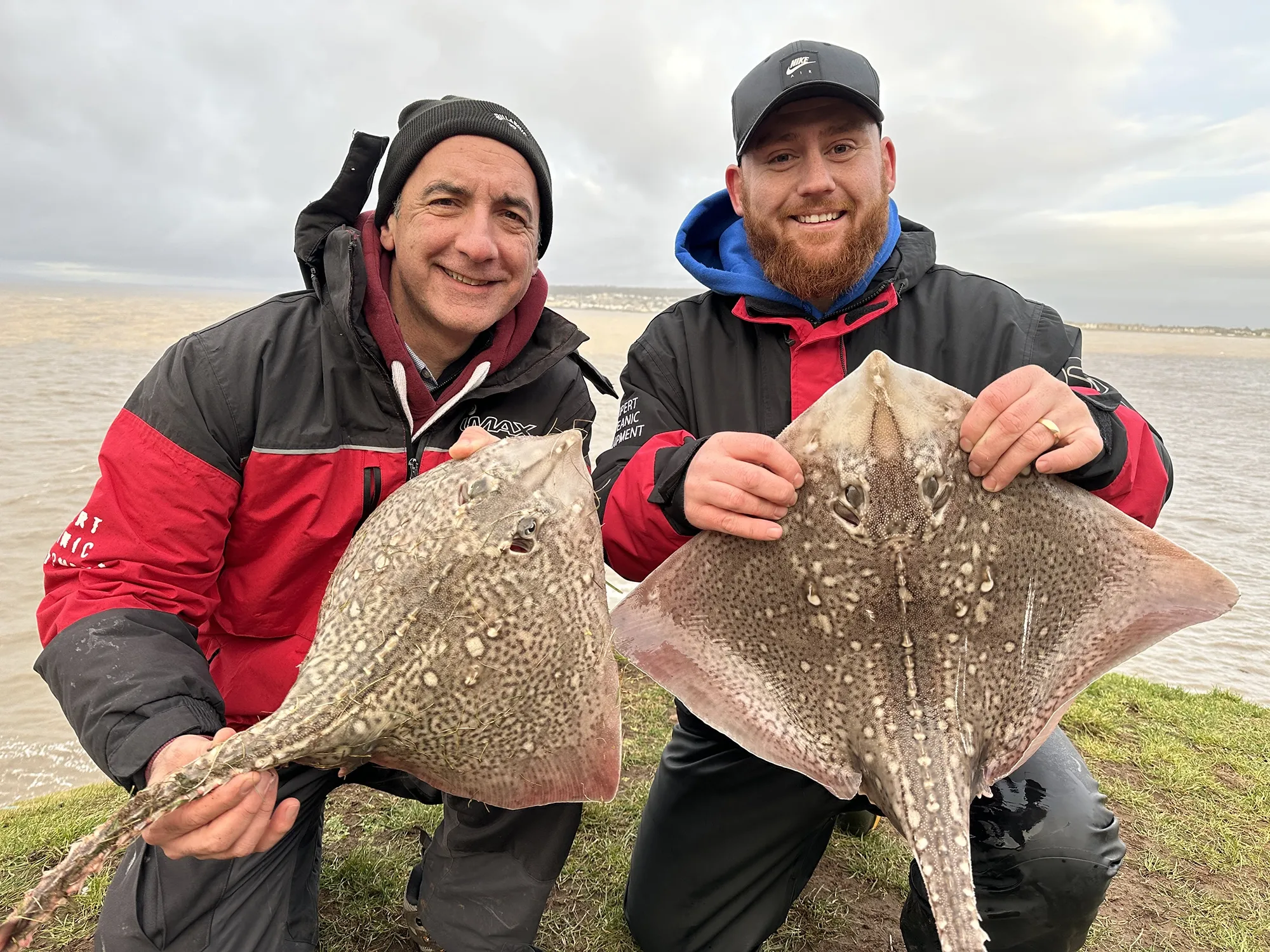How to Tackle a New Spot in the Bristol Channel: Tips for a Successful First Session
Explore this guide to learn more about How to Tackle a New Spot in the Bristol Channel: Tips for a Successful First Session.
How to Tackle a New Spot in the Bristol Channel
Tips for a Successful First Session
There’s nothing more exciting than trying a new mark for the first time. The dynamic nature of the Bristol Channel, with its dramatic tides and diverse range of fish species, can make each trip a unique challenge. However, to maximise your chances of success, there are several important factors to consider before you head out. From tide tables to the weather and terrain, understanding these elements will help you make the most of your fishing session. Since moving to south Wales, this is exactly what I’ve had to do.

Understanding Tide Tables
One of the most crucial aspects of fishing in the Bristol Channel is understanding the tide table. Tides play a massive role in determining when and where the fish will be feeding. Low tide can expose new areas to fish, but it also presents challenges. When fishing at low tide, it’s vital to be aware of the advancing tide filling in behind you, especially in remote or isolated venues. If you're too far out on the shoreline, the incoming tide could flood behind you, trapping you and making it difficult or dangerous to exit the spot. Always check the tide times before you go, and be cautious of your position in relation to the

The Phase of the Tide and Fish Activity
Fish activity varies greatly depending on the phase of the tide. During the flood tide (when the tide is rising), many species move closer to shore to feed, while on the ebb tide (when the tide is falling), fish may retreat to deeper waters. For example, bass are often more active during the early stages of the flood tide, whereas species like flatfish might become more active during the ebb. If you're targeting a specific species, like bass or cod, it’s important to plan your trip around the best phase of the tide for that species. This knowledge can make a significant difference in your success rate but ultimately will only be gleaned over time and with experience.

Tidal Flow and Fishing Effectiveness
The size of the tide can have a significant impact on your fishing experience. During larger tides (Spring tides), there’s often a stronger lateral tidal flow, which can make it difficult to hold bottom. This can be particularly problematic when fishing from the shore, as heavy currents can carry your gear off the bottom away from the fish and make it impossible to keep your rig in place. On the other hand, smaller tides often provide more stable conditions, making it easier to fish effectively on a wider selection of venues. It’s important to understand the size of the tide at your chosen location and make note of any observations such as back eddy’s and slack areas.

Wind and general Weather Conditions
The weather also plays a critical role in the success of your fishing trip. If the wind is onshore (blowing from the sea towards the land), it can make the water choppy and encourage some species to feed more actively. Conversely, an offshore wind (blowing from land to sea) can provide calm, stagnant conditions that fish will find less favourable. Wind direction and strength should be carefully considered before heading out, as they can affect both your ability to fish effectively and the types of fish you’re likely to encounter. Get familiar with a map of the Channel, study it hard make a mental note of the direction that any given mark faces.

Terrain and Snaggy Ground
When fishing new spots in the Bristol Channel, be prepared for varying terrain. Some marks are rocky and snaggy, while others may feature sand or mud flats. Rocky marks can be challenging because your rigs and leads may get caught on submerged rocks or even line snags (lost tackle), so it’s essential to take a variety of rigs and leads with you. If you’re fishing in an area with a lot of snags, consider using stronger, more durable tackle as well as a weak link system within you rig set up to prevent excessive losses. Additionally, taking a number of rigs will allow you to fish on, should you find your location to be particularly rough. Try and cover some ground and fan your casts out, if the tide will allow you to do so. You may stumble upon a fish holding feature or a patch of cleaner ground.

Don’t Be Discouraged by a Blank Session
It’s important to remember that not every fishing session will be a success. Just because you don’t catch anything on your first trip doesn’t mean the spot is no good. The weather and tide can both influence fish activity. If you find yourself catching nothing, it could simply be that the conditions weren’t favourable that day. It’s always worth revisiting the location on a different tide or in different weather conditions. Fishing can sometimes be a game of patience and persistence.

Seasonal Variations and Bait Considerations
Different species of fish will be present at different times of the year. For instance, bass fishing is often best in the spring and early summer, while species like cod and whiting are more common in the colder months. Make sure you tailor your bait to the species you’re targeting. For bass, fresh peeler crab, lugworm, or ragworm can be highly effective, while for conger eels, mackerel or squid might be a better option. Time your casts too, it’s pointless leaving a washed out bait in the water. As a starting point, leave your first bait out for half an hour. If you wind in after that time to find the bait gone, or washed out, reduce your cast time to twenty minutes.

Travel Light for Long Walks
If your chosen mark requires a long walk, it’s essential to travel light. While it’s tempting to pack everything “just in case,” a heavy tackle box and extra gear can quickly become burdensome on a long trek. Focus on bringing the essentials, such as your rods, reels, a selection of rigs, leads and appropriate bait. This will allow you to move efficiently and comfortably while still being prepared to trial your new location. By your second trip to that spot, you will have a better understanding of what you need, and what you don’t.
Work at it
Effort equals Reward
Fishing a new spot in the Bristol Channel offers plenty of opportunities for success, but it requires patience, preparation and attention to detail. By understanding tide tables, considering the weather, and being mindful of the terrain, you can significantly increase your chances of a catch. Don’t be discouraged by a blank session—it could simply be that the conditions weren’t right. With patience, persistence, and careful planning, you’ll soon be reeling in fish from the beautiful Bristol Channel. Of course, the obvious short cut is to book a guided session and accelerate the learning process!


